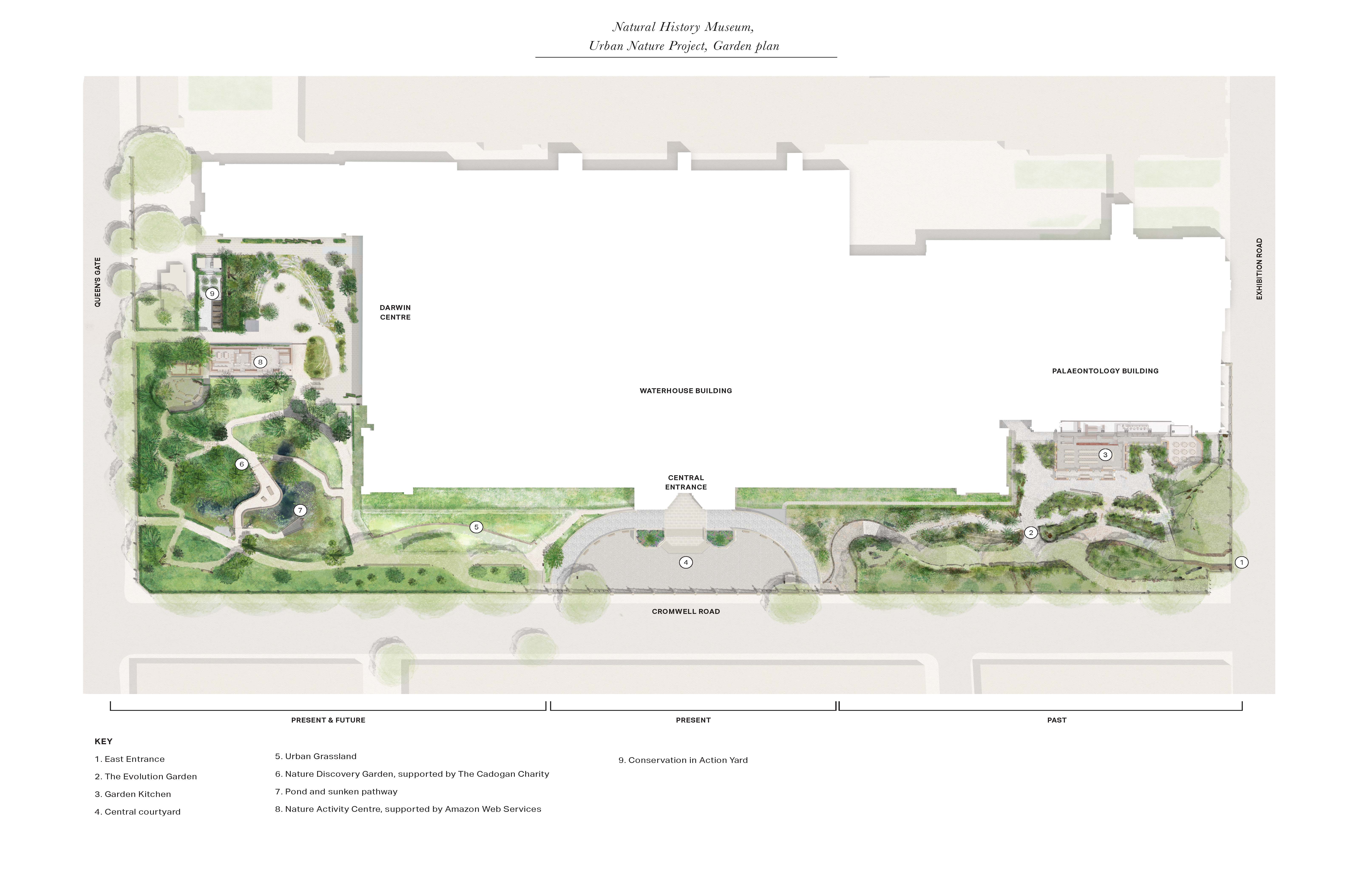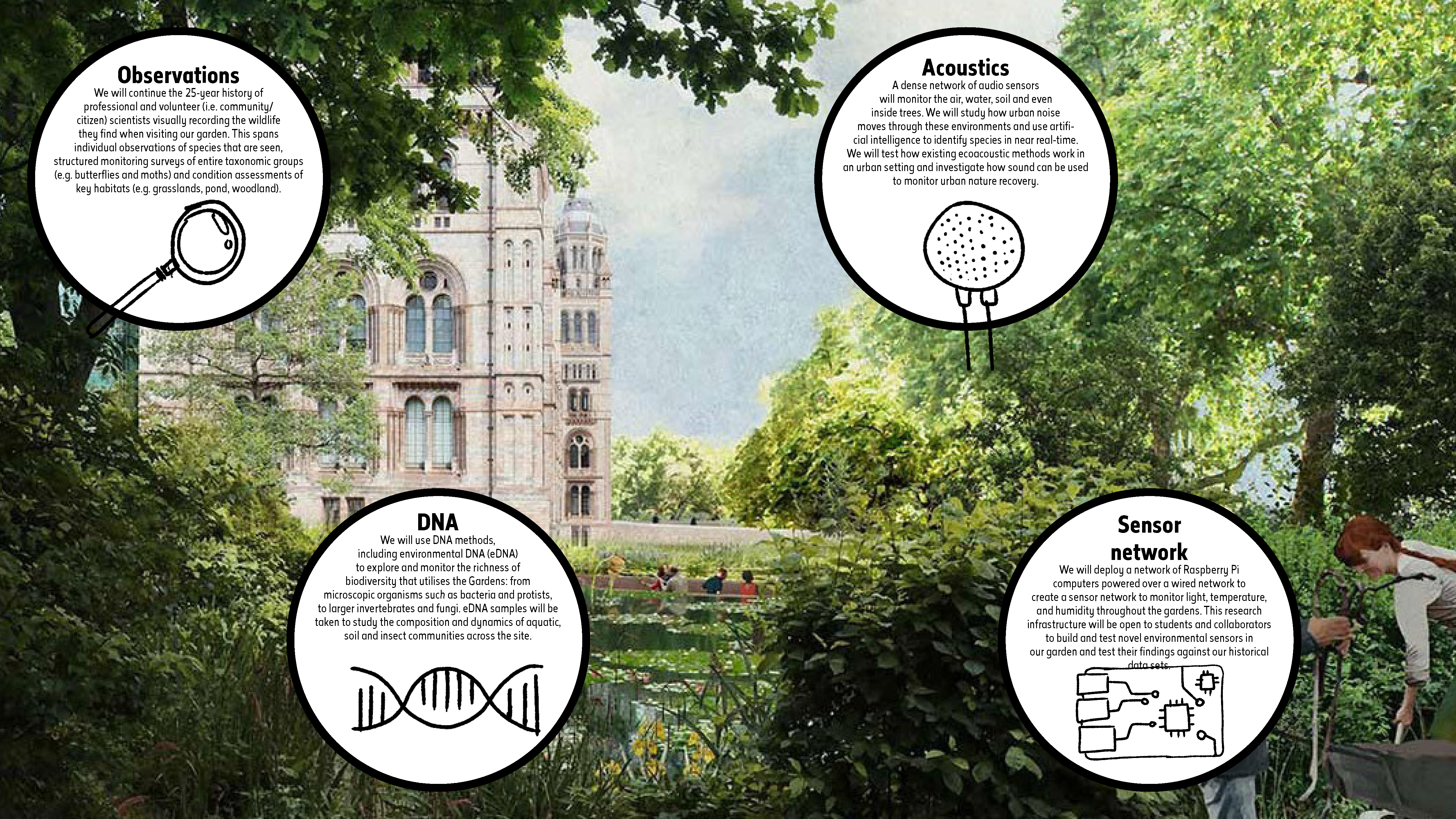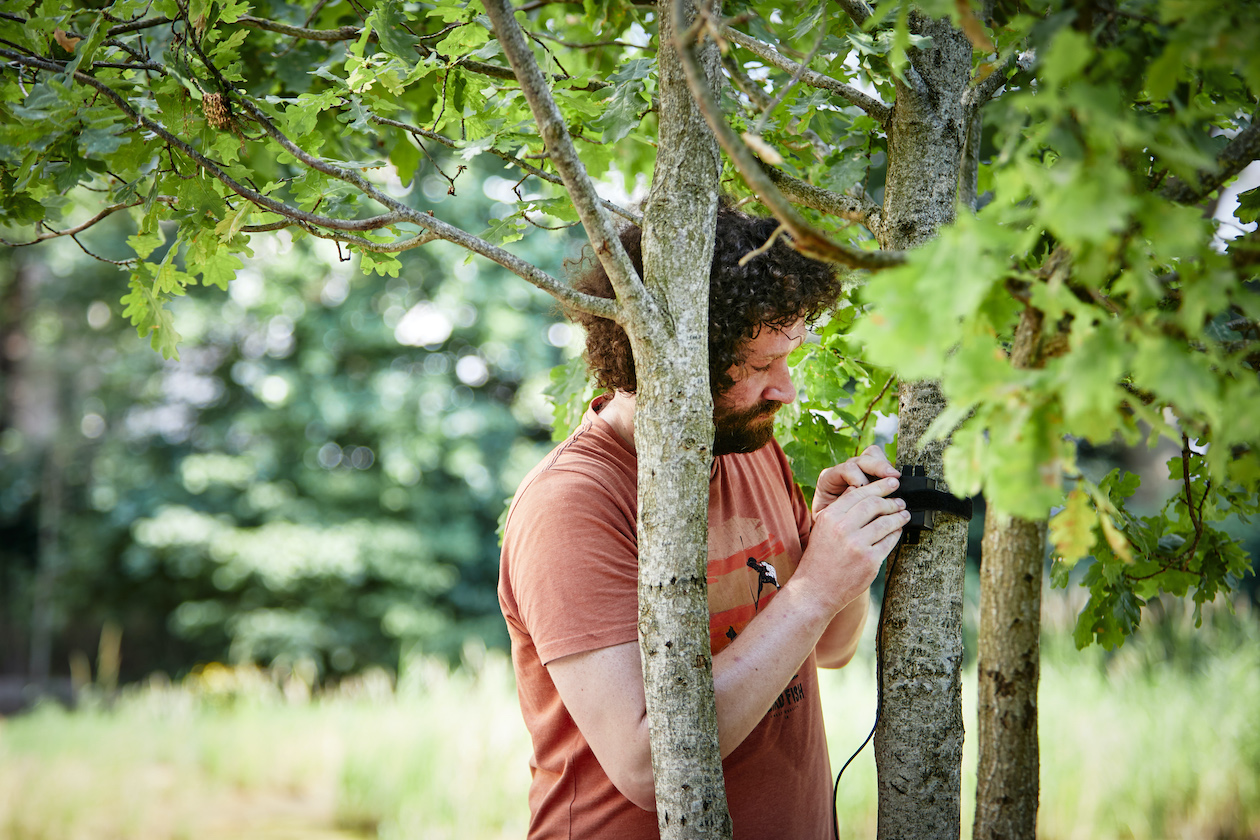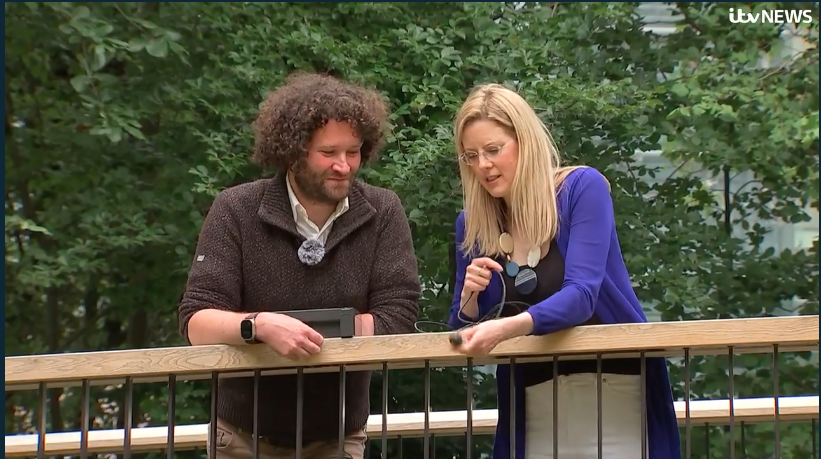Ed Baker FLS ARCS

I am an interdisciplinary researcher investigating how technology can be used to monitor biodiversity, in particular using bioacoustic and ecoacoustic approaches.
Latest publications
A Gateway to Nature: The Urban Research Station at London’s Natural History Museum
Catalysts for change: Museum gardens in a planetary emergency
Bioacoustic and Ecoacoustic Data in Audiovisual Core
Good practice guidelines for long-term ecoacoustic monitoring in the UK
Latest blog posts
- Urban Nature Project Wins Gold at Wood Awards
- Voices for Change: A Night of Climate Action
- AI has an ASCII grasshopper problem
- Urban Nature Project Wins Landscape Institute Award
- New Audiovisual Core comment period
Talks
22/04/2025 - Urban Research Station
03/03/2025 - Impacts of Urban Noise
22/01/2025 - TDWG Kingston Biodiversity Network
05/12/2024 - NHM x Natural England
08/11/2024 - Digital Dimensions of Nature Recovery
Notes
Some thoughts on:
Urban Research Station
By 2050 68% of the world’s population will live in urban areas. The Urban Research Station studies how urban areas can be made better for people, for nature, and for the climate (and hopefully also create joy).


Sensor network
The sensor network will consist of round 25 devices measuring acoustic activity and the environment.

-
Sensor network philosophy - how we thought about the deisgn of a sensor network.
-
Sensor network install - documenting the installation of the sensor network.
-
Digital twins - how the sensor network will help form a digital twin of the NHM Gardens.
Studies
-
Urban heat islands - studying the impact of urbanisation on temperature variations.
-
Acoustics
Publications
Visual Observations
There is a long history of visual observations of species, these are currently collected through a mix of transects and ad-hoc recording.
Anybody can contribute to ad-hoc recording using iNaturalist or iRecord.
More-than-human approaches
More-than-human appraoches to biodiversity research are looking at how we can make urban areas more habitable for all species.
Media
-
Natural History Museum deploys sensor network to decode urban biodiversity with AWS Computer Weekly (2025)
-
Natural History Museum turns on sensors in high-tech gardens to monitor nature
-
The Nature of Tech - Amazon Web Services and the Natural History Museum (2025) - discussing the use of technology in biodiversity research.
-
Natural History Museum partners with AWS to restore and protect urban nature Computer Weekly 2024
-
Natural History Museum’s new gardens aim to restore UK’s urban nature New Scientist (2024)
- ITV News (2024) Discussing audio sensor network in NHM Gardens.

Talks
- Internal NHM launch of Urban Research Station - Natural History Museum, London (2025)
Wider Context
South Ken ZEN+
South Ken ZEN+ - South Kensington Zero Emission Neighbourhood Plus is a partnership of local businesses, residents and organisations working together to make South Kensington a cleaner, greener and healthier place to live, work and visit.
- South Ken Green Trail - a walking trail through South Kensington, London, that highlights green spaces and biodiversity.
Urban Nature at other institutions
-
Urban Nature at the Museum of Edinburgh - Courtyard Gallery and an exhibition showcasing the relationship between children’s literature and nature.
-
Biodiversity Development Area at the National Museum of Scotland Collections Centre